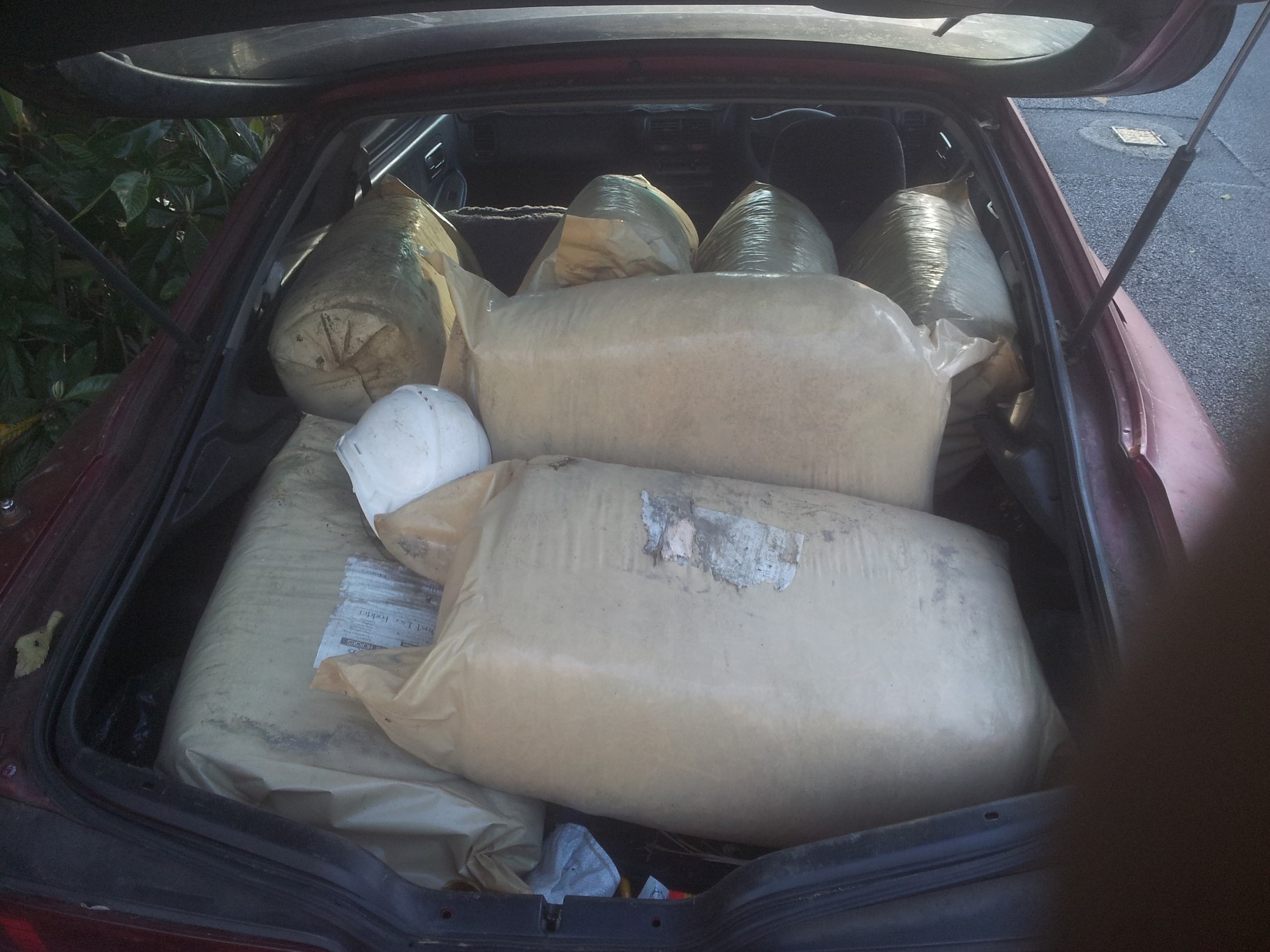So I probably should have done this earlier. If enough people really want the change I’ll see what I can do.
The reason it’s not on the weekend before Xmas is because it’s too close to Xmas for a lot of people or you may already be heading off for family time.
Or you don’t want to be wasted and scaring the children.
Anyways. Let me know what you would like. I’m only going to pay attention to the numbers if they exceed sample size of say 30+
And obviously if I am able to change the date. It’s currently locked in for the 15th at Toowong.
Remember to still vote if you want to keep it on the 15th.
[cardoza_wp_poll id=1]


